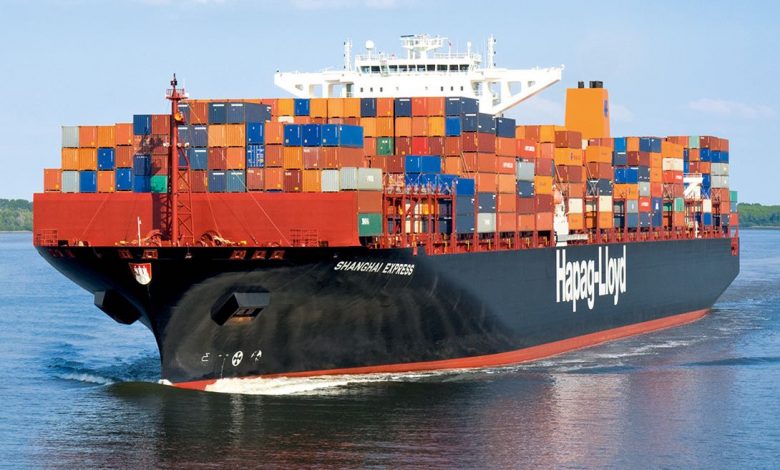Full vessels on the transpacific see peak season surcharges kick in early

Having failed to secure a peak season surcharge last September members of THE Alliance are tweaking capacities on the transpacific in order to push through dramatic rate increases of up to $1,000 per feu in the run up to the Chinese New Year.
Hapag-Lloyd has been leading the rate charge, warning it will void sailings on the transpacific around Chinese New Year while also seeking a $700 per feu rate increase that it claims is a peak season surcharge (PSS) effective from February 1.
“The PSS is to cover the expected increase in volume that has historically happened prior to the Chinese New Year. The holiday begins February 16 and most factories in China close down for the week. As a result there is a big push to get everything out the door and on its way prior to the holiday,” a spokesperson for Hapag-Lloyd told Splash.
Fellow alliance member Yang Ming has been more aggressive, seeking a general rate increase (GRI) of $1,000 per feu.
The February 1 rate increases on the busy tradelane come on the back of carriers also trying to implement rate increases in the middle of this month. Other alliances – 2M and the Ocean Alliance – are also trying to push through general rate increases without necessarily referring to them as peak season surcharges.
Lars Jensen from Seaintelligence Consulting commented: “With Chinese New Year falling late this year, it is logical to aim for a late increase as well. Either this will add as an additional push if the market turns out to be tight before the holiday, or as a second chance to increase rates in case the mid-January GRI fails.”
Chas Deller from California-based BCO consultants 10xoceansolutions said the latest rate increases are likely targeted at wholesale and perhaps retail NVOs who do not have ‘no GRI or no PSS’ clauses in their contracts.
“What this means is that the NVO becomes the enforcer of the GRI or PSS as any new quotation they make from February 1 would have to include the GRI and PSS clauses,” Deller explained, suggesting this would drive a “huge gap” between dealing with a carrier direct and dealing with an NVO.
Vessels out of Asia into North America have been sailing close to full and this is across the board for the majority of carriers, according to Neil Dekker, a consultant with Clipper Maritime in London.
Consumer demand has been strong over the Christmas season and there appears to be the usual strong pre- Chinese New Year cargo spike.
“The lead lines have all put out a series of high rate increases or peak season surcharges to take effect from mid-January and again on February 1 to cash in on the positive demand scenario. For the moment there is strong traction for the lines to be successful in raising spot rates and correcting the erosion that took place during 4Q17,” Dekker told Splash.
The acid test for the lines will be how quickly cargo is regenerated after the factory shut downs in China.
“Every year this is an unknown, which at the moment is made more opaque by Beijing environmental policies,” Dekker said.
Analysts are expecting carriers to announce more void sailings for February soon.
Bolstering transpacific rates after they had fallen to 12-month lows in December will help carriers who are struggling to make decent profits on the Asia-Europe tradelane.
